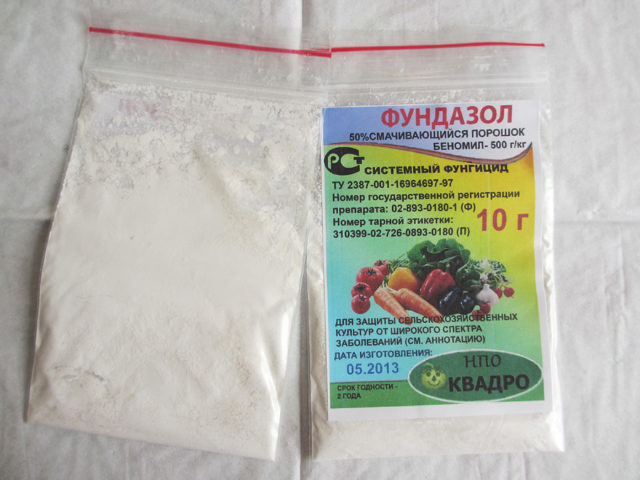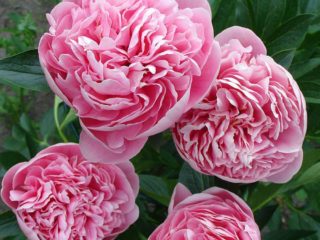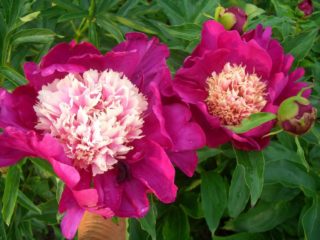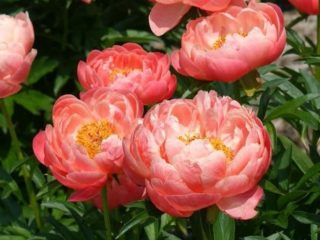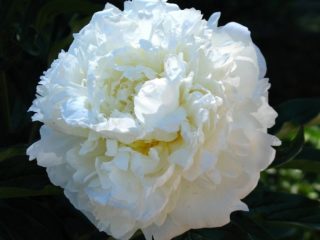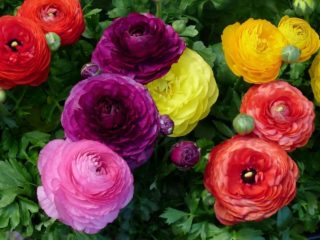Content
Peony Henry Bokstos is a powerful, beautiful hybrid with large cherry blossoms and amazing petals. It was bred in 1955 in the United States. The variety is considered unsurpassed in endurance and beauty, it has an ideal flower shape and size, rich color depth.
Description of peony Henry Boxtos

The culture belongs to the classic mid-early hybrids
The bush of the peony Henry Bockstoce is spreading, it needs a lot of space, the height of the stems is about 90 cm. Loves the sun, it is necessary for good flowering within 12 hours. The hybrid is resistant to frost and diseases, does not die at an air temperature of -40 ° C in winter. Can be grown in all regions of Russia.
The stems are thick, of medium resistance, if it rains, they droop under the weight of huge flowers. In dry weather, the bush does not fall apart, but it is better to install a support to protect it from the wind. The peony Henry Boxtos begins to bloom at the same time as the milky-flowered varieties at the end of May. The carved green leaves have a dark and light shade. Single-flowered shoots do not branch.
Flowering features
The peony Henry Bokstos planted in the garden blooms fully in the third year. Inflorescences that appear in the first two years of cultivation are recommended by experienced growers to be removed until the root gains strength. The splendor of flowering depends on proper planting and careful maintenance.
The diameter of the flower of the peony Henry Bockstoce, according to the description, is from 20 to 22 cm. The corolla consists of large semicircular petals, the middle is closed, like that of a rose, therefore it is called rosy. Henry Bokstos belongs to the group of terry peonies, blooms from late May to June for 15-20 days, and even at the end of flowering does not shed petals. Flowers in the sun can fade slightly, they have a pleasant, but unobtrusive aroma.
Application in design
Peony Henry Bokstos goes well in a flowerbed with a rose, clematis, phlox. Large bright flowers will decorate the gazebo, lawn, garden beds. They look beautiful in a mixborder or tapeworms, against the background of conifers.
Duchesse de Nemours, Festival Maxima - varieties of milk-flowered peonies that go well with Henry Bockstoce. Even the most inexperienced florist can grow such a composition.

Red peony goes well with white and pink varieties
Henry Bokstos hybrid is a large bush that takes up a lot of space, this must be taken into account when planting. You should not place it in a flowerpot, which will restrict the growth of the root system - this will have a bad effect on flowering.
Reproduction methods
There are several ways of reproduction of the peony Henry Boxtos - by cuttings and shoots, but the most often used is the division of the bush. The seed method is used only by breeders to obtain new varieties.
The best time to breed peonies is late August or early September. It is undesirable to plant large cuttings; when buying a seedling with large roots, it is better to cut them off to stimulate root formation.
You can share a 3-5-year-old Henry Bokstos bush growing on the site. It is unrealistic to dig up a more mature plant, it has a huge root system. When working, the forks are placed at a distance of 15-20 cm from the bush, they are dug in a circle deeply, because the root is powerful. You cannot pull the tops; before transplanting, it is better to immediately cut off the leaves at a distance of 5 cm from the ground.
Landing rules
In the fall, in central Russia (the fourth climatic zone), you can plant and transplant Henry Bokstos peony from August 20 to September 20. By the beginning of the cold weather, he needs to take root. In the Northern regions, they land earlier. Work can be carried out in the spring, but this will damage the development of the plant, it forms few leaves and roots, and will not bloom.
The affected areas on the rhizome are cut out and sprinkled with wood ash, having washed the plant with water before this. In one division there should be 2-3 renewal buds. Long roots can be shortened to 10-15 cm. Before planting, a strong solution of potassium permanganate or "Fundazol" is diluted and the cut is immersed in it for an hour. After that, it is placed in water for three hours with the addition of a rooting stimulator.
The best place to plant the Henry Boxtos peony is in a sunny area with light shade at noon. The seedling pit is prepared according to the size of the root system. The renewal points should be at a depth of 5 cm. If you plant them higher, the shoots will freeze, lower - it will be difficult for the sprouts to break through the soil layer.
Herbaceous peonies Henry Boxtos love neutral or slightly acidic soil. If there is black soil on the site, you do not need to add a lot of fertilizers during planting. Too rich soil will be at the expense of flowering. At the bottom of the planting pit, 5-7 cm of sand or expanded clay are poured so that there is no stagnation of water at the roots. Add nutrient soil on top:
- non-acidic peat - 1 handful;
- sand if the soil is heavy;
- rotted compost;
- superphosphate - 70-100 g.
The soil should be loose, moisture and air permeable. The planting hole is prepared in 2-3 weeks and watered well so that the soil is a donkey.
Description of the planting process:
- At the bottom of the pit, a mound is made to put the root of the seedling on it.
The landing site is prepared in advance
- Then the cut is placed to the desired depth, covered with soil and lightly compacted with your hands.
The roots of the seedling are carefully straightened when planting
- Water the peony Henry Bokstos with water, mulch with peat or compost, it is better not to use manure to avoid fungal diseases.
To prevent the water from spreading, it is convenient to make a circular trench around the bush.
The remaining broken off roots can be planted to a depth of 6-7 cm in a horizontal position, they will bloom only for 3-4 years.
Follow-up care
Henry Bokstos peonies do not require complex care. It is enough to carry out basic agrotechnical measures:
- In the summer, you need regular but moderate watering. Especially during flowering, the plant should not dry out.
- Around the peony, it is necessary to weed and mulch the soil to keep it loose.
- For lush flowering, Henry Bokstos is fed with complex mineral fertilizers in April. After flowering, only potassium and phosphorus are used.
In addition, peonies need timely autumn pruning, protection from pests and diseases.
Preparing for winter
The hybrid peony variety Henry Boxtos is a herbaceous species, so pruning must be done. If everything is done correctly, planting will delight the next year with lush flowering. The main mistake that novice growers make is pruning the stems in early autumn. Because of this, the plant receives less nutrients. It is thanks to the green leaves that the root is nourished and fully prepared for winter. The signal to start work is the first frost when the foliage wilts.
In the fall, Henry Bokstos needs to be fed 14-15 days before persistent cold weather. You can carry out this procedure at the end of August. Phosphorus-potassium fertilizers are introduced - monopotassium phosphate (1 tbsp. L per 10 l of water), superphosphate (50 g per 1 sq. M).
The stems are not cut too low, leaving stumps 3-5 cm high. Work with a clean tool, wiping it after each bush. All cut foliage is removed from the flower bed and burned or removed from the site. After all the preparatory work, the peony is mulched with compost or peat. In the Northern regions, it is advisable to cover the plants of the first year of planting with a layer of mulch of 15 cm.
Pests and diseases
With proper care, peony Henry Bokstos rarely gets sick, grows quickly and blooms profusely. So that nothing interferes with the development of the plant, it is advisable to carry out preventive measures to protect against diseases and pests.
In autumn, peonies are treated with 1% Bordeaux mixture. For the prevention of diseases, after pruning the hemp and the ground around it, you can spray the same product at a concentration of 3%. From pests they use:
- "Lepidocide";
- Fitoverm;
- "Bitoxibacillin";
- "Aktaru";
- "Fufanon".

Biologicals cause less harm to human health
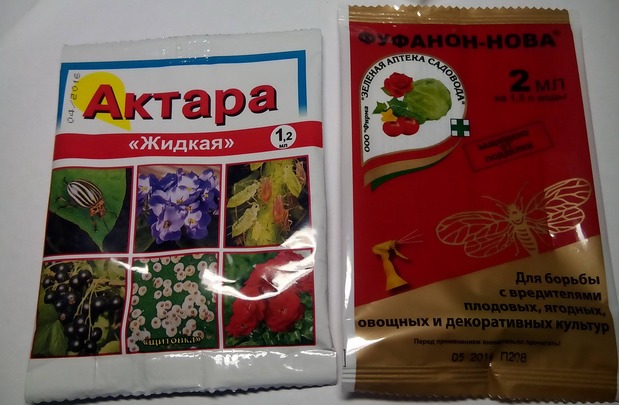
Insecticides of various compositions are effective in the fight against insects.
Conclusion
Peony Henry Bokstos is a beautiful and unpretentious flower. It will become a real decoration of the garden. The advantage of the hybrid is winter hardiness, good disease resistance and bright unforgettable flowering. Fulfilling simple agrotechnical requirements, you can achieve the maximum number and diameter of flowers.
